Long before Santa Claus, Christmas carols or trees decorated with twinkling lights, people in medieval Europe celebrated Christmas for 12 consecutive days with parties and festivities.
12 Days and Nights Party
According to historian Anne Lawrence-Mathers at the University of Reading, UK, in the Middle Ages, Christmas officially began at dawn on December 25 with a special mass, marking the end of the four weeks of Advent and the beginning of the feasting season that lasted until January 5 of the following year.

Medieval Europeans celebrated Christmas with 12 days of festive feasts. (Photo: History)
The level of extravagance of Christmas celebrations depended on one's social status, but most people would slaughter at least one pig in November, salt it, and smoke it in preparation for Christmas bacon and ham.
In the countryside, wealthy landowners were expected to give their tenant farmers at least 12 days off and throw them a celebratory feast.
There is little information about the banquet menus, but in the literary work "The Goodman of Paris" written in 1393, the author describes the dishes that should be included.
Accordingly, the feast began with a course of pies, sausages and black pudding; followed by four courses of fish, poultry and roast meat; and a final course of custard, tarts, nuts and sweets.
Medieval royalty took the art of Christmas feasting to a new level. For his Christmas dinner at Reading Abbey in 1226, King Henry III prepared 40 salmon, large quantities of venison and wild boar, and as many suckers as he could find.
King Henry V, who reigned in the early 1400s, added more exotic delicacies to his Christmas menu, including crayfish, eels and dolphins.
“It is very clear that drinking was as important, if not more important, than eating,” says historian Lawrence-Mathers.
Beer and cider were the favorite drinks of the peasantry, while landowners and royalty drank casks of wine. In one year alone, King Henry III ordered 60 casks of wine for Reading Abbey, each cask containing 1,272 bottles.
Recreational activities
Perhaps due to excessive drinking, disguise games and role-playing gradually took shape and became popular during medieval Christmas celebrations.
For example, mumming was a popular Christmas pastime in medieval English villages. Participants, called mummers, would dress up in animal masks or disguise themselves as women, then go from house to house singing folk songs or telling jokes. Some mummers did it for entertainment, while others expected to receive a few coins or small gifts.
The animal masks may be related to another strange royal Christmas tradition, in which attendees would wear whole cooked animal heads and sing special songs. The most common were boar heads, and in later periods were replaced by wooden pig masks.
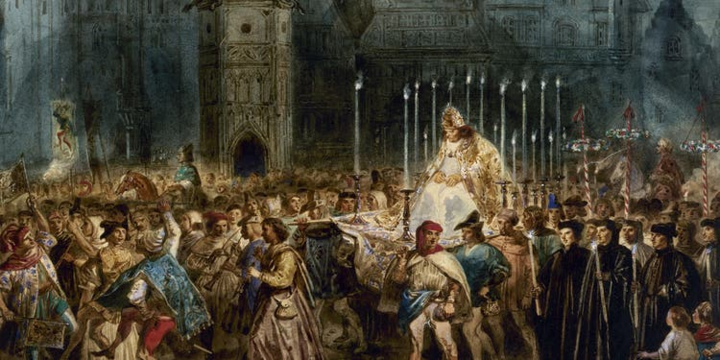
The painting Feast of Fools (La Fête des Fous) by Victor Hugo. (Photo: History)
Midway through the 12-day feast is the Feast of Fools, which falls on January 1. During this time, priests, deacons, and other church officials are allowed to be silly for a short period of time. Role-swapping is common, with lower-ranking deacons assigned to preach, and things can sometimes get out of hand.
A 15th-century French document condemned the practice: “Priests and clergy may be seen during the hours of worship wearing masks with grotesque faces… They dance in the choir, dressed as women, pimps, or minstrels. They sing vulgar songs. They eat blood pudding even while the celebrant is celebrating Mass. They play dice… They run and leap through the church without blushing at their shameful behavior.”
Lord of Chaos
Celebrated on the night of January 5, Twelfth Night was a special holiday in the Middle Ages, marking the culmination of 12 days of celebration and feasting.
The highlight of Twelfth Night is the bean cake, a rich fruit cake with a small dried bean inside.
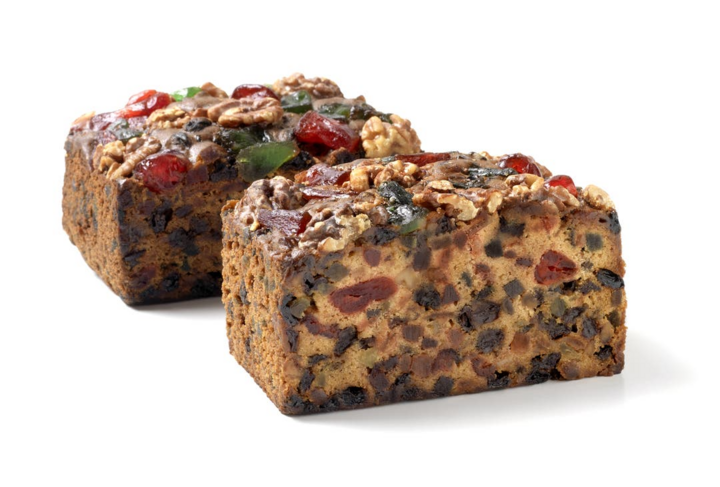
The person who ate the piece of cake with the hidden beans was crowned "king" on Twelfth Night, the medieval Christmas season. (Photo: History)
"Whoever got the piece of pie with the beans hidden inside was 'king' for the night and had the right to hand out hilarious punishments that everyone had to obey," says historian Lawrence-Mathers.
Another term for this "king" is "Lord of Misrule", who can ignore social order and issue absurd tasks to superiors such as parents, teachers, or landlords.
Predicting the future
The 12 days of Christmas also held special significance in the field of medieval divination, according to historian Lawrence-Mathers.
Priests carefully study texts called “prognostics,” which explain the biblical practice of interpreting signs from nature — including storms, strong winds and rainbows — to predict the coming year's weather and predict important events.
“According to the concept, God sent signs to those who could read them and the 12 days of Christmas were a special time,” Lawrence-Mathers said.
For example, if the weather on Christmas Day is sunny and clear, it is a sign that spring will be warm and pleasant, bringing a bountiful harvest. Meanwhile, strong winds on Christmas Day signal a restless year for the rich and powerful.
Source: https://vtcnews.vn/giang-sinh-thoi-trung-co-day-ky-quai-keo-dai-tan-12-ngay-ar914358.html



























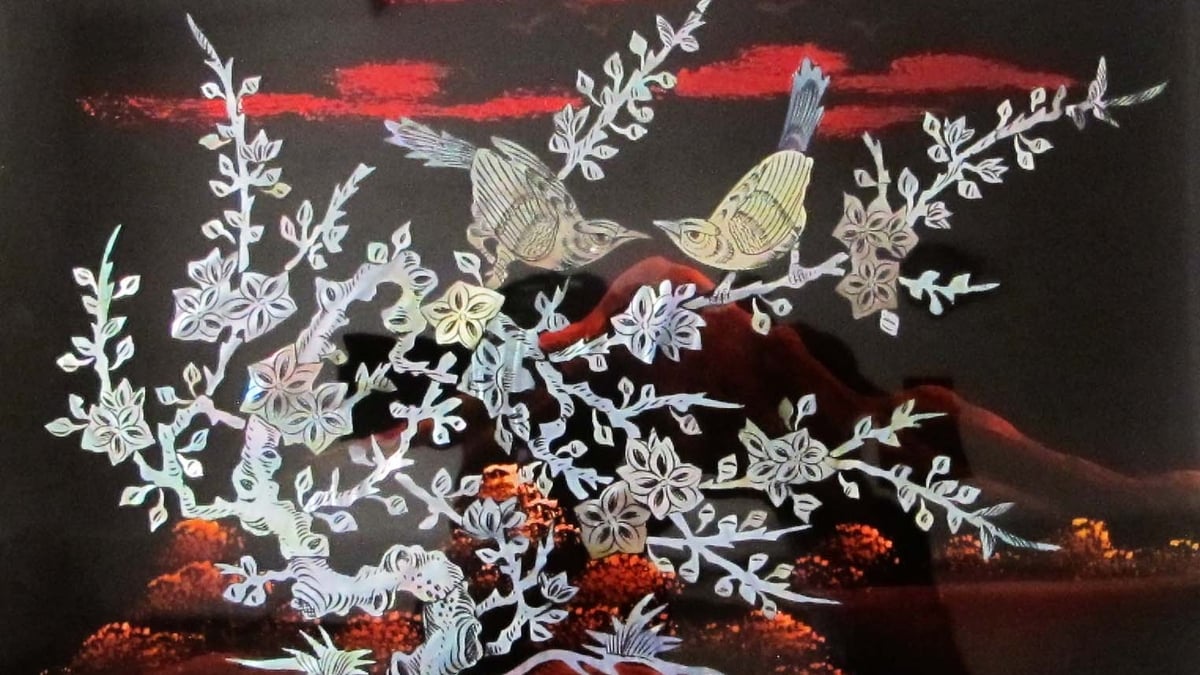




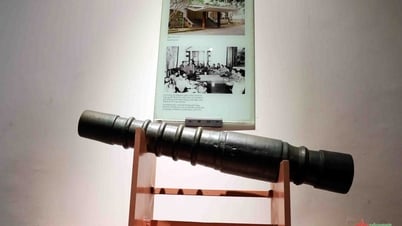

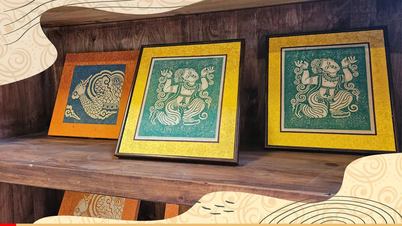



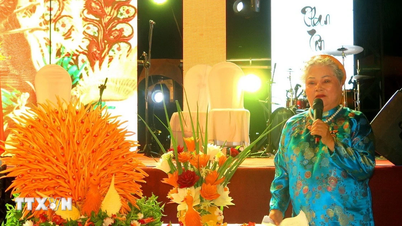

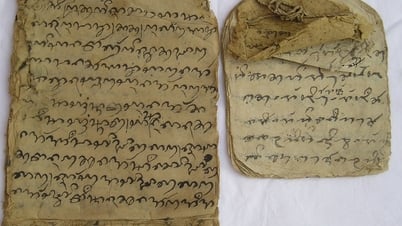



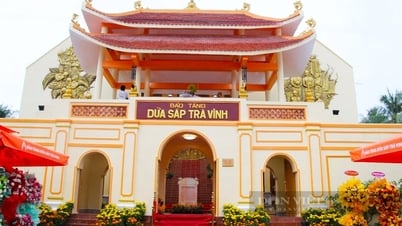



















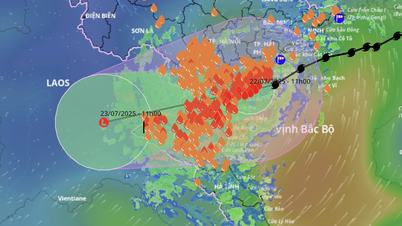
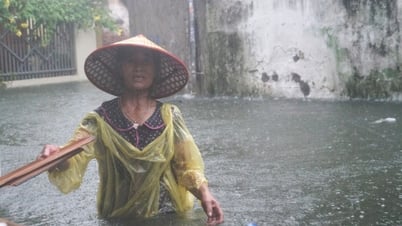



































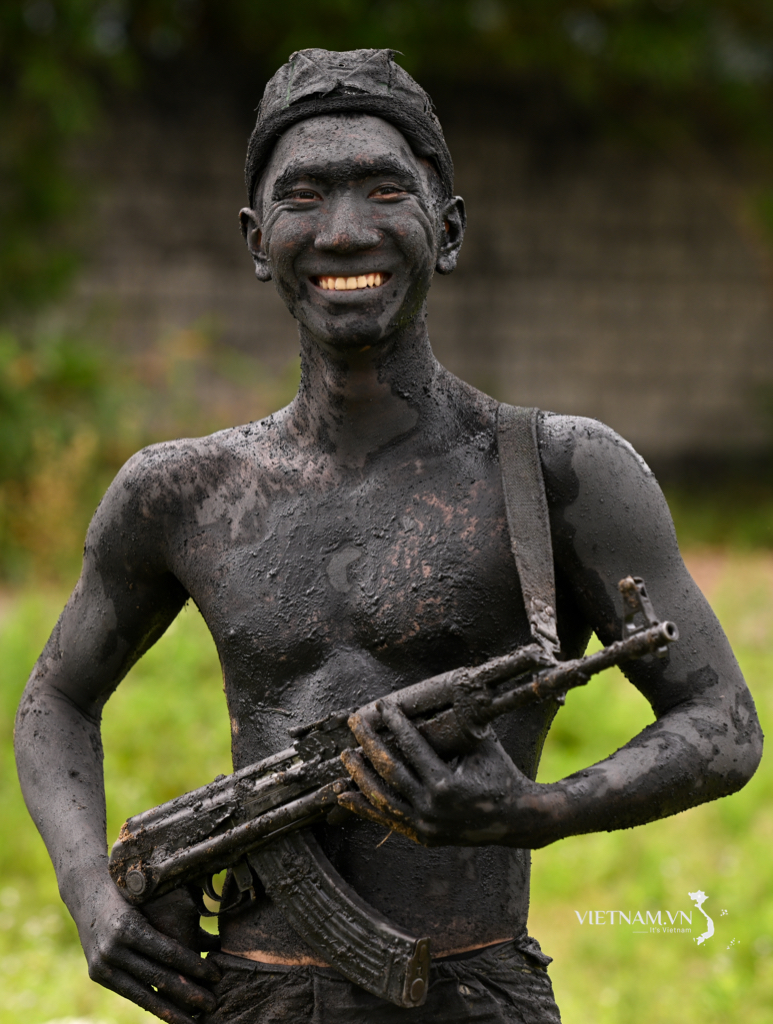
Comment (0)